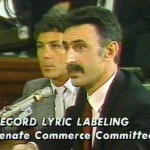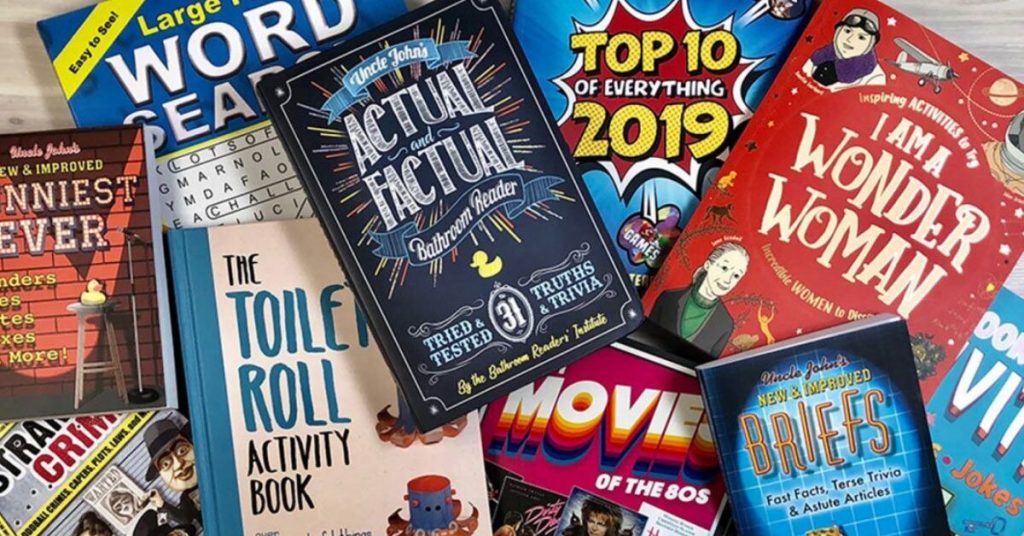
Mr. Lamb goes to Washington
During the Vietnam War, a young navy lieutenant from Indiana named Brian Lamb was assigned to the Pentagon press office to report troop deaths to the media. The amount of information either omitted or censored in order to paint a rosier picture of the war appalled him. “The government lied to us,” he later recalled. “We just weren’t getting the straight scoop.”During that time, Lamb also served as an aide in the Johnson White House. Once again he saw a huge gap between what the American people knew and what was really happening. “I got a firsthand education about how the media interacts with the government, and it led me to think that there could be a better way.”
That better way was a news outlet that would report what was happening in politics—with two major differences: 1) no censorship from government; and 2) no commentary from media pundits.
Finding an In
Over the next decade, as Lamb worked in various television and political jobs, he tried to drum up support for a news channel that showed gavel-to-gavel coverage of Congress. Although many people agreed that it was a good idea, it wasn’t feasible. Why? The Big Three networks had cornered the market on delivering the news to the masses. And besides, all-day congressional debate wasn’t exactly something the public was clamoring for. But then in the late 1970s, cable TV hit the scene. That changed everything. […]
America’s Network of Record
On March 19, 1979, the Cable-Satellite Public Affairs Network, or C-SPAN, with a staff of four, began cablecasting the United States House of Representatives daily proceedings (gavel-to-gavel and without commentary) to 3.5 million households. At first it only aired from 8:00 a.m. to 5:00 p.m. on weekdays, but soon switched to 24-hour coverage, replaying the day’s events in primetime. In 1980 C-SPAN added a call-in feature to give people the opportunity to ask politicians direct questions. This was the first large-scale avenue for regular citizens to speak directly to their political representatives. That year C-SPAN also received its first of many Cable Ace Awards. By 1984 it was covering every political event to which it had access, and really made its mark during the presidential campaign. While the Big Three covered the highlights, C-SPAN broadcast every minute of the Iowa caucus and both the Republican and Democratic national conventions. […]
What’s on C-Span?
Think it’s just long-winded politicians speaking into microphones on the House floor? Well, most of it is, but you can also find:
• International flair: The often-lively proceedings of the Parliaments of the United Kingdom and Canada.
• State funerals: Every big funeral from Richard Nixon to Rosa Parks. “Our coverage of funerals is very popular,” boasts Lamb.
• Political goofs: Regular C-SPAN viewers see their fair share of questionable political gestures and slips of the tongue. For example, in July 2006, Senator Joe Biden of Delaware said on camera that “you cannot go into a Dunkin’ Donuts or a 7-Eleven unless you have a slight Indian accent.” (He later said it was a compliment.) And in July 2007, Senator Bill Nelson of Florida said on the Senate floor, “Certainly, all the intercourse that I had as a military officer was the best. But that was not the case for a lot of our returning soldiers.” (He was talking about how he was treated by the public after returning home from Vietnam. We think.)








